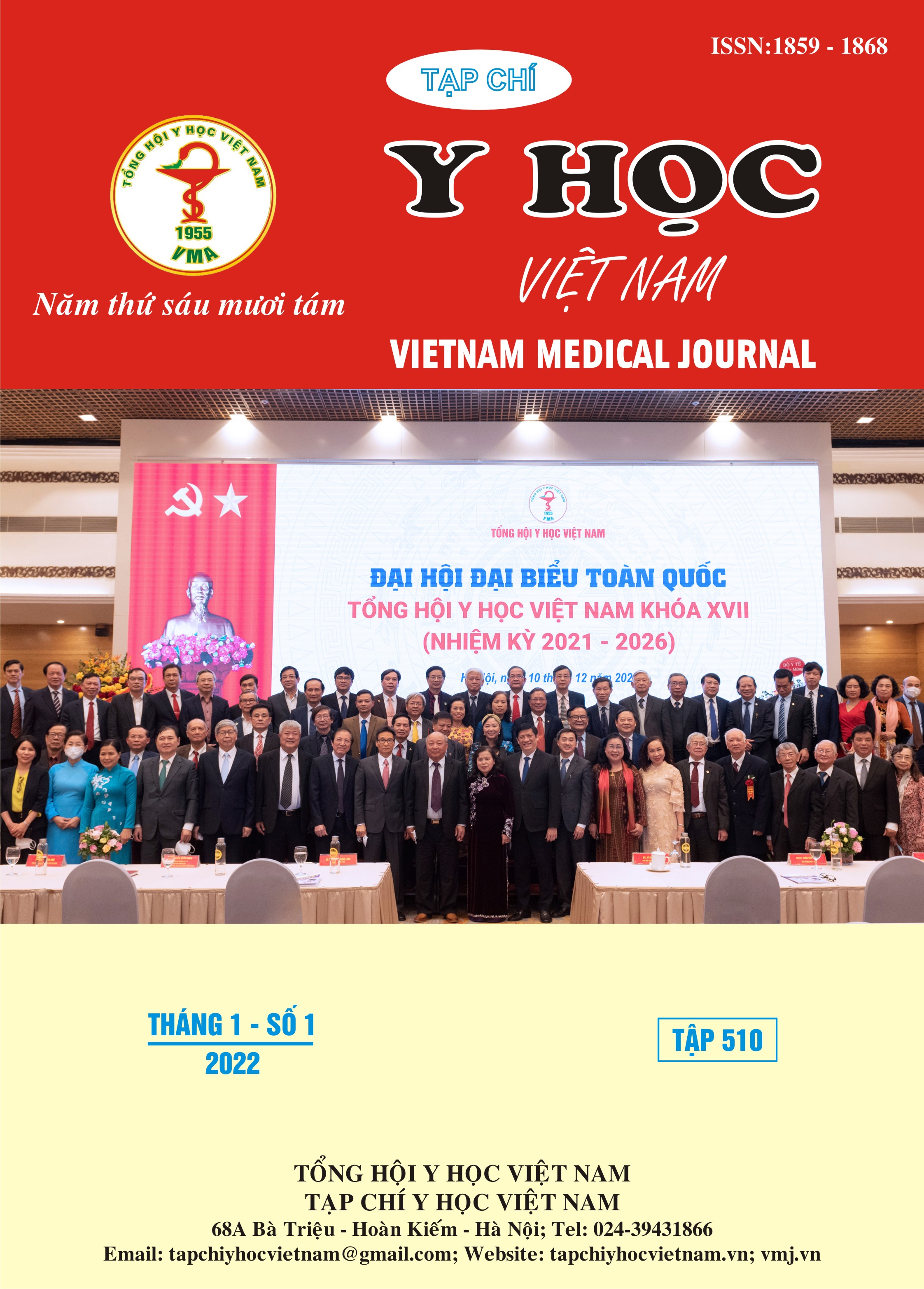IDENTIFYING THE RISK FACTORS RELATED TO THE SURGICAL SITE INFECTION AMONG THE PATIENTS HAVE BEEN TREATED IN THE SURGICAL DEPARTMENT OF DONGDA GENERAL HOSPITAL, 2021
Main Article Content
Abstract
Introduction: Surgical Site Infections (SSI) are still a concern globally to control among common nosocomial infections. The aim of the study is to identify the risk factors related in order to make an appropriate control strategy. Materials and methodologies: A cross-sectional descriptive study of all patients from 8 years of age, regardless of gender, who were surgically treated in specialties: Gastroenterology - Urology - Trauma, medical records were completed during the period from May to September at the Department of Surgery, Dong Da Hospital, Hanoi. The data were collected and processed by SPSS software. 20.0. Results: A total of 138 patients met the study requirements, male 55.1%, female 44.9%; Risk factors include: patients – surgical procedures- environmental and patient care. In which, patient factors: age > 60 years old accounted for 36.2%. Overweight and obesity accounted for 13.9%; Surgical procedures: implant materials + drainage accounted for 22.5% and 60.9% respectively. Operation duration: from 60 to 120 minutes accounted for the majority,76.8%, ≥ 120 minutes accounted for 18.1%. Environmental factors and medical staff: Emergency operating rooms and others have not been set one-way; prophylactic antibiotics has been not implemented; 42% of patients were not given a pre-operative disinfecting bath before operation; hair was not removed properly in accordance with regulation. Conclusions and recommendations: Through the risk factors found in the study that might increase the rate of SSI, we recommend the hospital needs to conduct some procedures and survey the surgical safety program, the departments relevant and medical staff should comply with.
Article Details
Keywords
Surgical site infection, Surgical safety, Risk factor, Wound care
References
2. Anderson, D. J. (2011), "Surgical site infection", Infectious Disease Clinics of North America. 25(1), pp. 135-153
3. Phạm Văn Tân (2016), "Nghiên cứu nhiễm khuẩn vết mổ các phẫu thuật tiêu hóa tại khoa Ngoại Bệnh viện Bạch Mai", Luận án Tiến sỹ. Học viện Quân Y
4. Nguyễn Thị Mai Thảo (2014), "Thực trạng nhiễm khuẩn vết mổ và một số yếu tố nguy cơ ở người bệnh sau phẫu thuật tại Khoa Ngoại Tổng hợp Bệnh viện Đa khoa Đồng Tháp năm 2014", Luận văn Thạc sỹ Quản lý bệnh viện. Trường Đại học Y tế Công cộng, Hà Nội.
5. Lê Tuyên Hồng Dương, Đỗ Ngọc Hiếu, và Lưu Thúy Hiền (2012), "Nghiên cứu tình trạng nhiễm khuẩn trong các loại phẫu thuật tại Bệnh viện Giao thông vận tải Trung ương", Tạp chí Y học thực hành. 841(9), tr. 67-71.
6. Ozgen Isik, Ekrem Kaya, and Pinar Sarkut (2015), "Factors Affecting Surgical Site Infection Rates in Hepatobiliary Surgery", Surg Infect. 16(3), p. 281
7. Nguyễn Quốc Anh, Nguyễn Việt Hùng, và Phạm Ngọc Trường (2012), "Nghiên cứu một số yếu tố nguy cơ nhiễm khuẩn vết mổ tại một số bệnh viện", Tạp chí Y học thực hành. 830(7), tr. 28-32
8. Trần Đỗ Hùng và Dương Văn Hoanh (2013), "Nghiên cứu về tình hình nhiễm khuẩn vết mổ và các yếu tố liên quan ở bệnh nhân sau phẫu thuật tại khoa Ngoại bệnh viện đa khoa trung ương Cần thơ", Tạp chí y học thực hành. 869(5), tr. 131-134.


